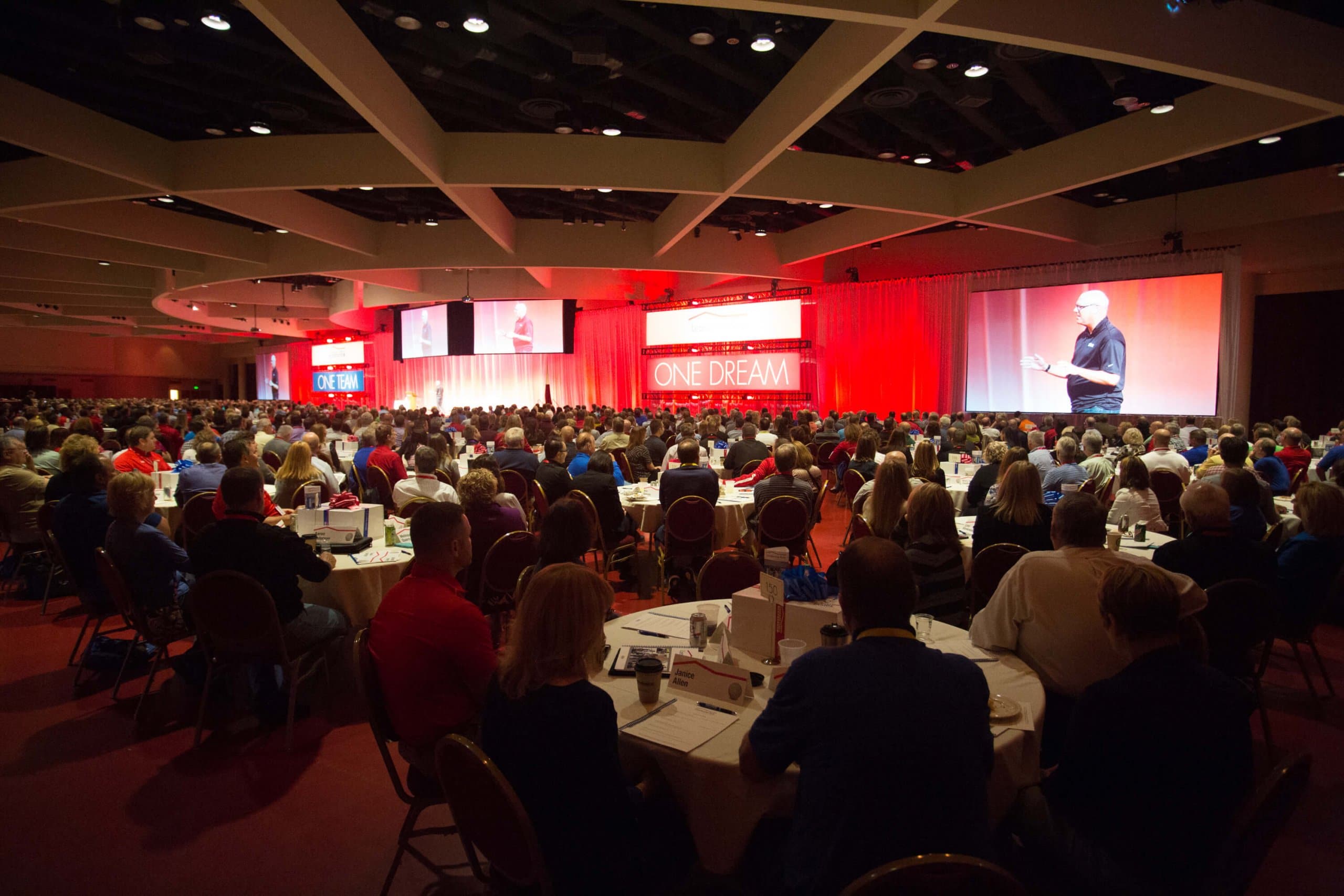Stay cool by expecting the unexpected
Being ready for anything. It’s part of what elevates good event planners to great. Still, it can be overwhelming to imagine every possible emergency scenario and how to react. In fact, there are entire companies that do only that! But even without the help of a pro, you can prepare for just about anything. Here are three steps to get you started.
Step 1: Begin by conducting a simple risk assessment.
Involve your contact at your event’s venue and discuss topics like:
- What issues are likely to happen there? And what is less likely, but still possible? These issues could include anything from a norovirus outbreak to an active shooter. Be sure to discuss the worst-case scenario.
- How could weather be a factor?
- What else is happening near your venue that could affect your event?
- How well trained are you and your staff in providing first aid?
- How ready is your venue to handle emergencies? What are its standard procedures? Does it conduct regular drills? Request a copy of your venue’s emergency plan.
- What does your contract cover and not cover, such as unpredictable natural events or actions caused by humans?
Step 2: Focus on the unique needs of your audience.
These include dietary restrictions or requirements as well as physical. Ask about them when your attendees register—as well as emergency contacts—then take responsibility for making reasonable accommodations.
Also consider the average age of your audience. If it’s older, it’s smart to staff a care station at your event with people trained in first aid. Even if your audience skews younger, you might include a care station, especially if your event is large.
Again, consider weather and how it might affect your event. For example, if you hold your event in August and it’s usually hot and humid in your host city, create a back-up plan to bring outdoor activities inside in case of heat advisories. And if you go ahead with your outdoor plans, include cooling stations and staff your event with people trained in treating heat exhaustion and heat stroke.
Step 3: Assemble contact information unique to your venue and organization.
An emergency preparedness checklist created by risk management company WorldAware suggests that you gather location-specific contacts, such as local emergency and non-emergency phone numbers, and contact information for your on-site venue representative and security—including cell phone numbers or other numbers at which they can be reached.
The company also suggests you collect additional location-specific information, including the nearest hospitals, pharmacies and urgent care centers, your venue’s emergency plan and whether or not venue staff is trained in CPR.
Also review your organization’s guidelines about which incidents to report, when and to whom, and discuss who communicates with staff members and media representatives. Make sure your communication plan is clear.
Train your staff before the event in your procedures and post critical information at your event office and registration desk areas. Also post a list of key stakeholders and their contact information and keep a back-up with you.
Granted, many more times than not, your event will go off without a hitch. Between good luck and good planning, you can keep it that way.
To learn about planning a meeting at Monona Terrace, contact Laura MacIsaac , Director of Sales, at LMacIsaac@mononaterrace.com or 608-261-4016.

